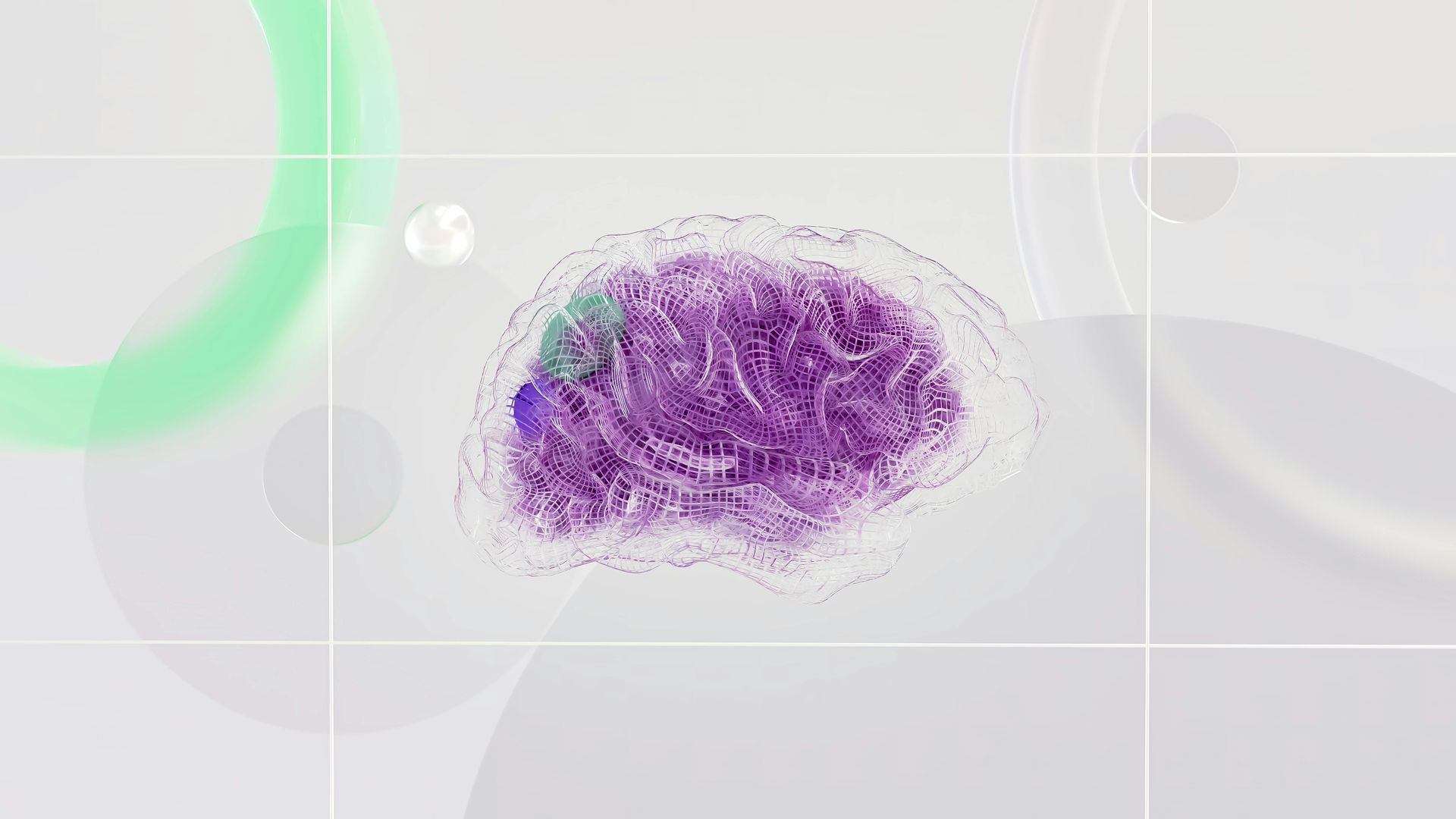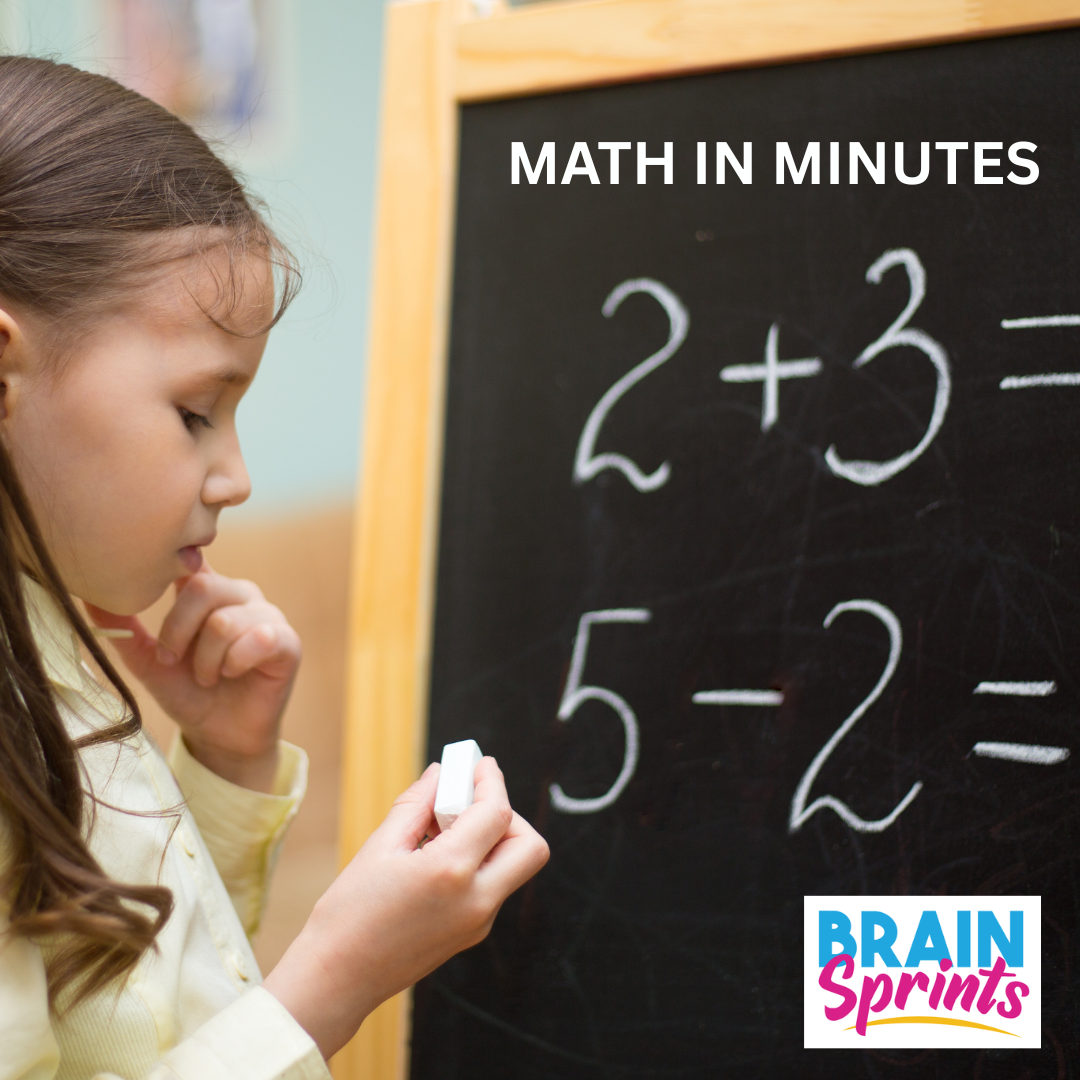To Label or Not to Label? That is the Question!
"I know my child is struggling but the why of it all, escapes me"
Parents say, “I know my child is struggling but the why of it all, escapes me.” It is indeed a confusing world for parents of children that are having academic, behavioral and social challenges.
Your research on the Internet may have left you wondering if your child should have a label like: Dyslexic, ADD, ADHD, CAPD (Central Auditory Processing Disorder), PDD (Pervasive Developmental Delay), SPD (Sensory Processing Disorder), ASD (Autism Spectrum Disorder) or some other of the myriad of learning or sensory labels popping up on the horizon.
Let me say from the outset that there is definite place for labels but it is also prudent to explore why we might be cautious about pursuing a label. Instances when it is definitely advisable to label will be a later part of this discussion.
Legitimate questions for consideration when considering testing for an official diagnosis:
- Will this be on a permanent record somewhere?
- What will we do if they recommend medication?
- What if some expensive program is suggested that is beyond our resources?
- Will this provide the help I need to make a difference for my child?
- What if they say that we shouldn’t be homeschooling?
First let’s establish this understanding from a NeuroDevelopmental perspective. The brain controls everything we do and in the case of learning struggles, the lack of brain development (neurodevelopment) is responsible for what we are not able to do or what we do at a lesser degree of adeptness. Does this lack of development mean the intelligence is lower, in no way! It simply means that there are gaps as in a wiring system with exposed wires.
The vast majority of labels are truly “symptomatic”. Those labels with a genetic basis like a chromosome abnormality or some insult to the central nervous system i.e. in-utero drug and alcohol exposure or oxygen deprivation are the exception to this labeling by a checklist. Typically a certain number of checkmarks on a list of characteristics or behaviors (symptoms) results in a label. The learning and behavior labels listed above have no blood test or brain scan. They are simply a list of symptoms and if there are enough checks on the list, the individual receives one or more labels.
Reasons you might not want to pursue a label:
1. Labels could put you on the wrong path for a remedy.
Timothy was labeled dyslexic because he was having trouble reading and had enough checks on the checklist to “qualify”. He was struggling in 2nd grade despite the typical dyslexia protocol and pull out classes in his local public school. After a NeuroDevelopmental (ND) evaluation, it was discovered that he was using the wrong hand for his dominant hand. Going against the genetic coding by using the wrong hand for writing was one of the main sources of Timothy’s struggles, not dyslexia. After 1 ½ years of home school with the ND approach, Timothy reentered school as a successful, left-handed 4th grader.
2. Labels can limit potential.
Samuel T. Orton, who coined the term “dyslexia”, stated that there were a number of characteristics commonly found in this population: poor balance, eyes not working together or poor tracking, underdeveloped central detail vision, cross dominance in eye or ear. Inadequate coordination, letter reversals, and phonemic awareness challenges also made the list.
John had this label and judged himself wrongly (“I’m not a very smart little boy.”) because he struggled to do what the other children did in class. John’s mom was desperate to find help for her son even after the two years of traditional dyslexia phonetic approach had brought him to grade level reading. She knew he was not reaching his potential. She said, “He just works way too hard and still has many symptoms listed in the dyslexia checklist.”
After sixteen months of the ND intervention administered by Mom at home, John’s reading comprehension went to 10th grade even though he was 6th grade age. Turns out John was brilliant (130 IQ) and this approach released more of his full potential by addressing all the root causes originally found by Orton.
3. Labels can be devastating!
This distressing experienced happened to David’s parents when he was diagnosed “probable schizophrenic” at age 8. The prognosis was grim - David would never drive, have a fulltime job, live on his own or get married. At age 12, the new label was PDD/NOS (Pervasive Developmental Disorder/Not Otherwise Specified) meaning that there was a lot going wrong in David’s central nervous system. The report offered a few vague recommendations of coping and compensating but the new label didn’t help make the future any brighter. After picking themselves up off the floor from the blows of these labels, David’s parents went to work finding help for their son instead of just accepting the pronounced outcome. At 13 he started on a ND program that addressed the root cause of the inefficiencies in the central nervous system. The work was arduous and took several years but the result is that David started driving at 18, has been working fulltime for 12 years, he has lived on his own for 2 ½ years, at 32 he got a new job at close to $40 an hour and is now engaged to be married.
4. Labels often come with medication recommendations
Parents are often met with a very hard decision. They want the best situation for their child’s success but are concerned about the side effect that all medication
by definition possess. For Aaron’s parents, this was a significant concern. Ritalin had been his routine for 4 years making it possible for him to function in the classroom. Puberty changed everything as he had hallucinations with an increased dose. This caused an urgency for a different solution. After nine months on a ND program, he was off all medication, doing well in school and now is a co-owner of a successful business. This change for Aaron came from a multi-pronged approach that includes help for the metabolic and/or chemical issues and through specific stimulation to the brain.
My child already has a label, now what?
Many parents come to us with a thick report and a confused and sometimes heartbroken look on their face. Their child was tested and received a label. What they thought was going to be an answer turned into a packet of mostly undiscernible language, some vague coping and compensating recommendations and a list of limitations the child will carry for life. NeuroDevelopmentalist recommend: Don’t accept limitations! Press in to find out how the outcome can be different. The ND approach can help unlock your child’s fullest God-given potential.
My encouragement is to take the testing information as a baseline. Recognize that the experience of the professional that gave this label is: individuals with these particular symptoms tend to always have these symptoms throughout life because nothing different was done. The experience achieved through ND is that individuals with these labels receive stimulation to the brain in specific areas, administered typically by the parent and a totally different outcome like that of Timothy, David, Aaron and thousands of others is achieved.
Every “glitch” in capability is caused by something in the brain and in turn, causes a negative ripple effect in abilities. These glitches shows up as functional, behavioral and/or academic challenges. The good news is that God has created brain plasticity or the brain’s ability to change and grow new pathways that results in a ripple of improved function.
My encouragement to you, don’t let devastation and limitation set in if you or your child already has a label. The outcome of a person’s future is dependent on the opportunities presented to them. When there is stimulation presented to the brain, it changes and function improves!
Reasons a label
should be pursued:
- When a label will facilitate insurance for expensive therapies such as speech, ABA, occupational and physical therapy
- When there is a disability (low IQ or physical disability) that will require outside support for life
- When modifications are needed in order to attend college
We firmly believe that parents are the experts on their children. Because our Little Giant Steps’ families have been equipped with answers and tools, children who were uncomfortable in their clothes can now tolerate clothing textures, even those pesky seams in socks! Children who skipped lines or words when reading, now can read fluently. Children who couldn’t stay on task or follow directions, now go through life without causing intense family conflicts. Children that couldn’t remember things from day-to-day are experiencing quick retrieval. It takes addressing the root cause!
Changing the brain is like building a better road between Point A and Point B. When this happens in the brain, the functional changes are like cruising down the highway instead of bumping down a dusty country road.
Most of our educational system is set up to test, label and put together a plan to remediate or lessen the academic load of those students who exhibit learning challenges. The result, students who get further behind in their academics with each passing year, often graduating with a non-functional education. What also exists are intelligent individuals who are able to cope and compensate to get through school but have a life-long struggle and rarely reach their full potential, because “life” doesn’t come with concessions, only school settings do.
The result of ND intervention is typically accelerated academics instead of falling further behind with each passing year. See positive results in just four months in graphs below.
To be sure, the complex question, “To Label or Not to Label” remains. You must consider all the ramifications for your personal situation. My prayer is that, like my discovery years ago where help for my daughter turned into accelerated function for thousands, you will find answers outside of the traditional labels. For more information call 972-758-1260 to set up a free consolation.










